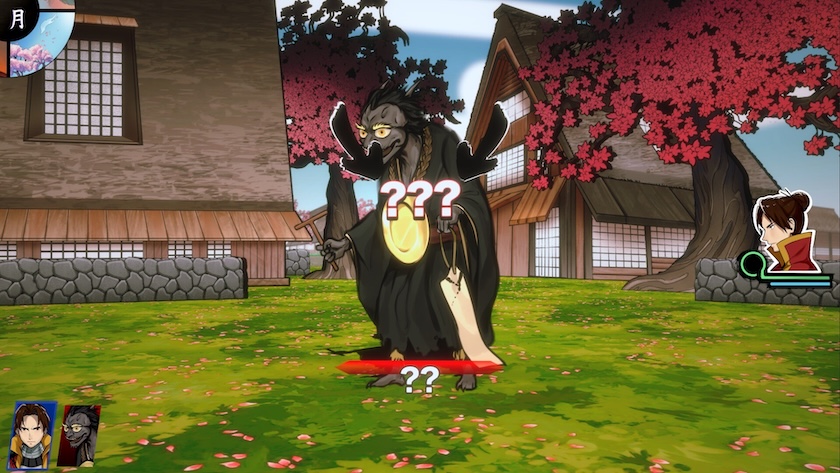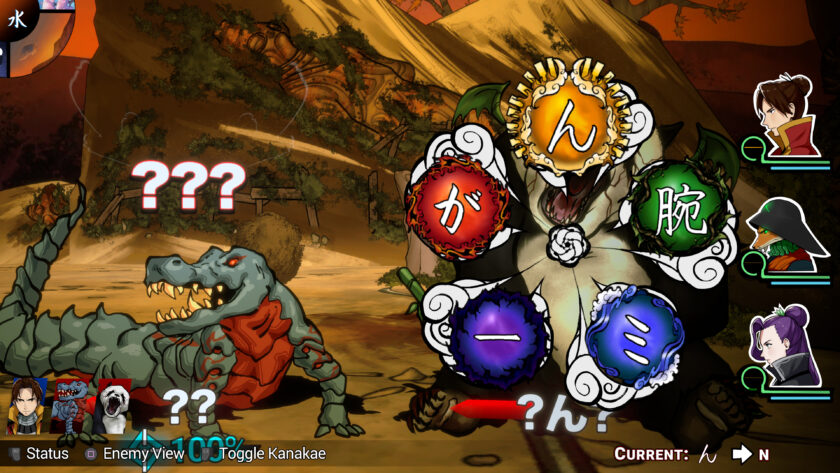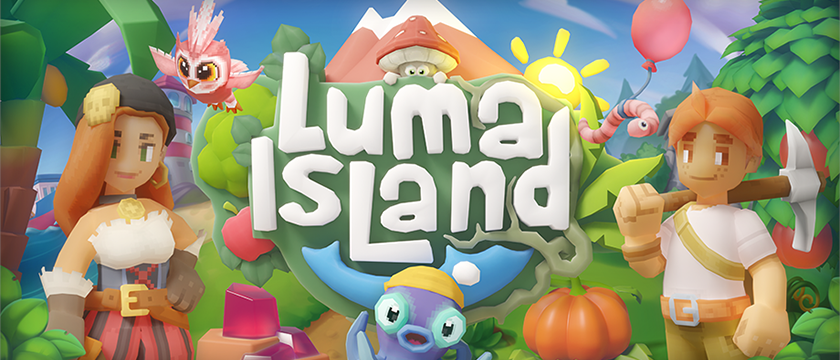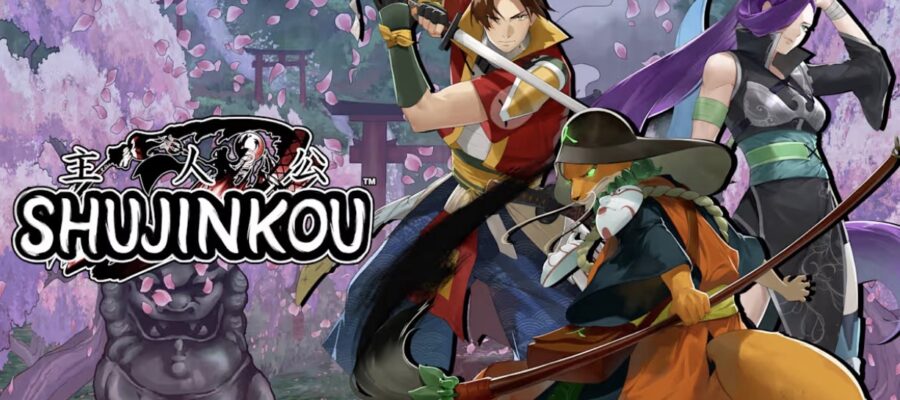Game: Shujinkou
Genre: RPG, Education
System: Nintendo Switch (also available on Steam (Windows), PS5 & Xbox)
Developers & Publishers: Rice Games
Age Rating: EU 18 | US T
Price: US$29.99 | UK £26.99 | EU € 29,99
Release Date: Oct 2nd, 2025
Review code provided, many thanks to Rice Games.
I was fortunate enough to touch on Shujinkou when it was still in early access in February. It’s since been in full release on PC and some consoles, but only now is it also on Nintendo Switch. So we’re returning to this bedeviled land to see how it handles on the smallest screen available for the game.
To recap, Shujinkou is a fascinating mix of Etrian Odyssey-style dungeon crawler and edutainment. Its goal is to teach you Japanese — if you choose — at a pace designed around your preferences. That’s all built on a fantasy world of Japanese legend, where your young but retired samurai and his friends gradually push out into a larger world to seek out what’s been awakening the dark forces threatening all of humanity. I was heavily favorable towards the game back when I first met it, but has it held up? Yeah, pretty much!
Returning to the World of Shujinkou
It’s not underselling anything to say that even if you’re just looking for that classic, turn-based, grid-style dungeon crawler that Wizardry and Etrian Odyssey fans crave, you’ll be right at home with Shujinkou. As I mentioned, learning Japanese through this game is entirely optional, but I encourage you to try. When firing up the game for the first time, it’ll take you through a small questionnaire to try and get a fix on what sort of gameplay experience you’d like.

It’s simple to aim towards a mix of straightforward but relaxed gameplay, with a light dose of learning at least some Japanese grammar. I highly recommend letting the game at least do that much for you, but Shujinkou is also designed around being a legitimate teaching tool. With multiple games planned, it’s meant to take players through the levels of the real Japanese language literacy test. But again, only if you want.
That doesn’t mean Rice Games skimped on the dungeon crawler side. This is a beefy trawl through twisty dungeons, making your way through villages and distant lands, all to stop the hordes of akuma. Akuma translates to devils or demons. Compare to the word oni, which you might have seen more often, which actually means ogres, spirits that bring ill fortune.
It’s that sort of detail and education you get to look forward to in Shujinkou, all mixed with a game that doesn’t hold back on, you know, actually being an enjoyable game!
Updated For Fall
Shujinkou was already functionally complete when I took some first impressions, but in advance of its Nintendo Switch release, it’s gone through several minor updates to help smooth it up. Mostly these are stability and bug fixes, but they’ve included options to make navigating between English, Japanese, Furigana, and Romaji texts. That’s all helpful for learning the nuances of the language, and the rest of the fixes simply make for a more stable experience on most consoles.

Nintendo Switch is starting off with what looks to be most of the updates on launch. The biggest difference is in price, and there’s a clear reason for that. The Nintendo version is the cheapest to dip into, at $30 for the US edition. The reason is that they’ve split the game into its two arcs (Genya and Sabaku), allowing the game to feel cheaper up front for those who want to try it out, and then giving you the option to buy the second half as DLC. Or you can buy the “deluxe” version for $60, which grants both arcs.
The ultimate result is the same price for the game as on Steam and other consoles, but it’s still a great convenience to have a “cheaper” option without shortchanging players. It may also be pragmatic, as the game is released for the original Switch, with all the foibles that means.
Switching It With Shujinkou
The good news is that Shujinkou’s port to Nintendo Switch is stable, running smoothly throughout the portions of the game I tested out. Graphics don’t take much of a hit, and the dungeon fidelity is at least as good as the relatively recent ports of the EO games. But does it run slower than the PC and other console versions? Of course it does; that’s a foible of the hardware. Shujinkou is doing the best it can.
At press time, I haven’t had a chance to borrow the game onto the Switch 2 that’s in my home. There’s little doubt in my mind that doing so will cut some load time — most of which is front-loaded when first starting the game — and sharpen things up even further.

The biggest hurdle with transitioning to Switch gameplay is that handheld mode will present you with pretty small text. It’s not as bad as some games, where the text is so small that it’s illegible, and docking the Switch will, naturally, give you a nice, sharp, full-size TV version. Again, a Switch 2 has a slightly larger screen, so that may be another bonus for the console’s early adopters.
All in all, the Nintendo Switch version is not meaningfully a lesser port of an already terrific game. As a dungeon crawler that relies on lovely, hand-drawn art — from an outfit that’s proudly displaying a No-AI-Used-Ever disclaimer on its site, bless you guys — it’s in a good place to handle the hardware.
Conclusion
Shujinkou ports to the Nintendo Switch with its spirit blessedly intact. The biggest differences come down to the game’s load time and text size, plus the choice for players to check it out at a lower price point. That balances with the larger cash outlay, but chance to play a demo on the Steam version.
More importantly, Shujinkou remains the same inventive, smart, comfy treasure I tried out this past winter. It’s not just a terrific dungeon crawler for fans that love delicately picking through gridded maps for treasures and trials. It’s a genuinely great learning tool for anyone interested in learning Japanese, with a mind towards keeping your attention and personal pace at the fore. It’s simply a great success in both genres.
Final Verdict: Two Thumbs Up

Do you like our content?
Subscribe to our daily news and never miss a review!





